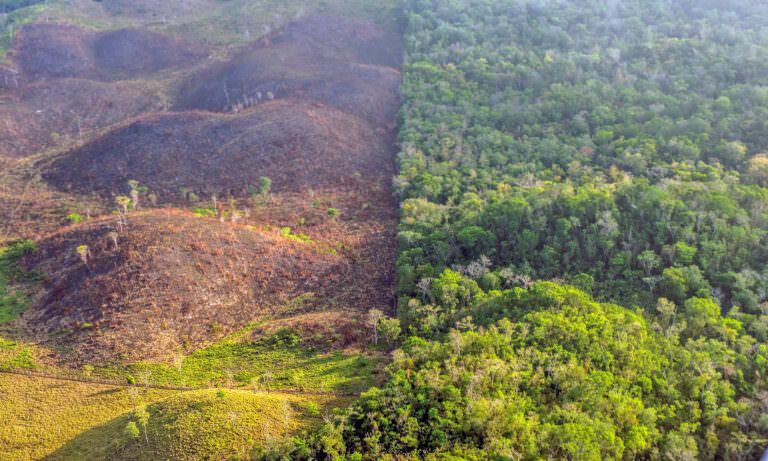EU Zero Deforestation Regulation: how will the cattle industry react?BY DANE STONE
- 21 March 2023
- Posted by: Competere
- Categories: Commodities, highlights, News

In December 2022, the European Union introduced new regulations surrounding importing products known to cause deforestation abroad. Such products include cattle, cocoa, palm oil, rubber, soy, and timber. As the largest trade block in the world, the EU has the substantial market power to move the global commodity market toward a more sustainable future. The EU imported 32 million metric tons of beef and leather products in 2021 (Raliera, 2022), most of which came from questionable sources in Brazil. For many years, the Brazilian beef industry has been linked to the deforestation of the Amazon rainforest, and this new regulation aims to take a stand against that.
Firstly, the main component of the new regulation is requiring product manufacturers to certify that the products they sell haven’t contributed to deforestation in producing countries. This will be monitored by having the firms site a specific location as the origin of their product that will then be checked for deforestation via satellite imaging and GPS. The regulation has three categories for producing countries designating some countries as high, medium, and low risk for deforestation. Background checks will be done randomly on 9%, 3%, and 1% of imports from high, medium, and low-risk countries respectively. Companies not compliant can be fined up to 4% of their turnover in any EU member state.
The country most affected by this new regulation will likely be Brazil due to the large amount of trade between Brazil and the EU, not only in the cattle industry but also in the rubber and soy industries. In 2017 for example, 68% of EU imports causing deforestation came from Brazil alone. The supply chain of Brazilian cattle presents a significant challenge for operators and traders to provide accurate geographical information about the origin of the cattle, particularly for indirect suppliers. The complex structure of the supply chain involves a high degree of fragmentation, making it difficult to achieve full traceability. Indirect suppliers, who sell to other ranches instead of directly to slaughterhouses, can be involved in various stages of the animal’s life cycle, which may take place on one or multiple farms. This means that many animals spend considerable time in indirect farms and move between several properties before being sent to the slaughterhouse.
For example, some meatpacking companies work with as many as 25,000 indirect suppliers in the Amazon biome alone. Retailers, tanneries, and leather producers rely on links to slaughterhouses and their direct suppliers to ensure that their beef and leather products are not associated with deforestation. However, given the nature of the cattle supply chain in Brazil and the lack of comprehensive traceability tools, the cattle are likely to come indirectly from properties associated with deforestation.
As it is still in its early days of implementation, the effects of this regulation are yet to be fully realized. However, the law is expected to reduce deforestation in producing countries and help reassure EU consumers that their choices aren’t as environmentally damaging as they have been in the past. If many cattle producers and suppliers are fined for their part in deforestation, they may choose to pass that cost on to consumers. This in the end may have a positive environmental effect as consumers will consume less of these environmentally damaging commodities. In the end, dialogue between producing countries and suppliers and the EU will help to work out the system kinks and ensure cohesion that will also protect the environment.
While this regulation is definitely a step in the right direction, further regulation and traceability requirements will likely be needed to insure the EU’s sustainability commitments. There are several potential loopholes that have yet to be filled. For example, the regulation mostly covers the deforestation of dense forests but neglects land degradation in savannahs and wetlands. Hopefully, further regulation will include these areas, which like forests need protection. The law is not yet perfect, with many loopholes, especially with its definition of forest degradation, but it is an amazing first step.
